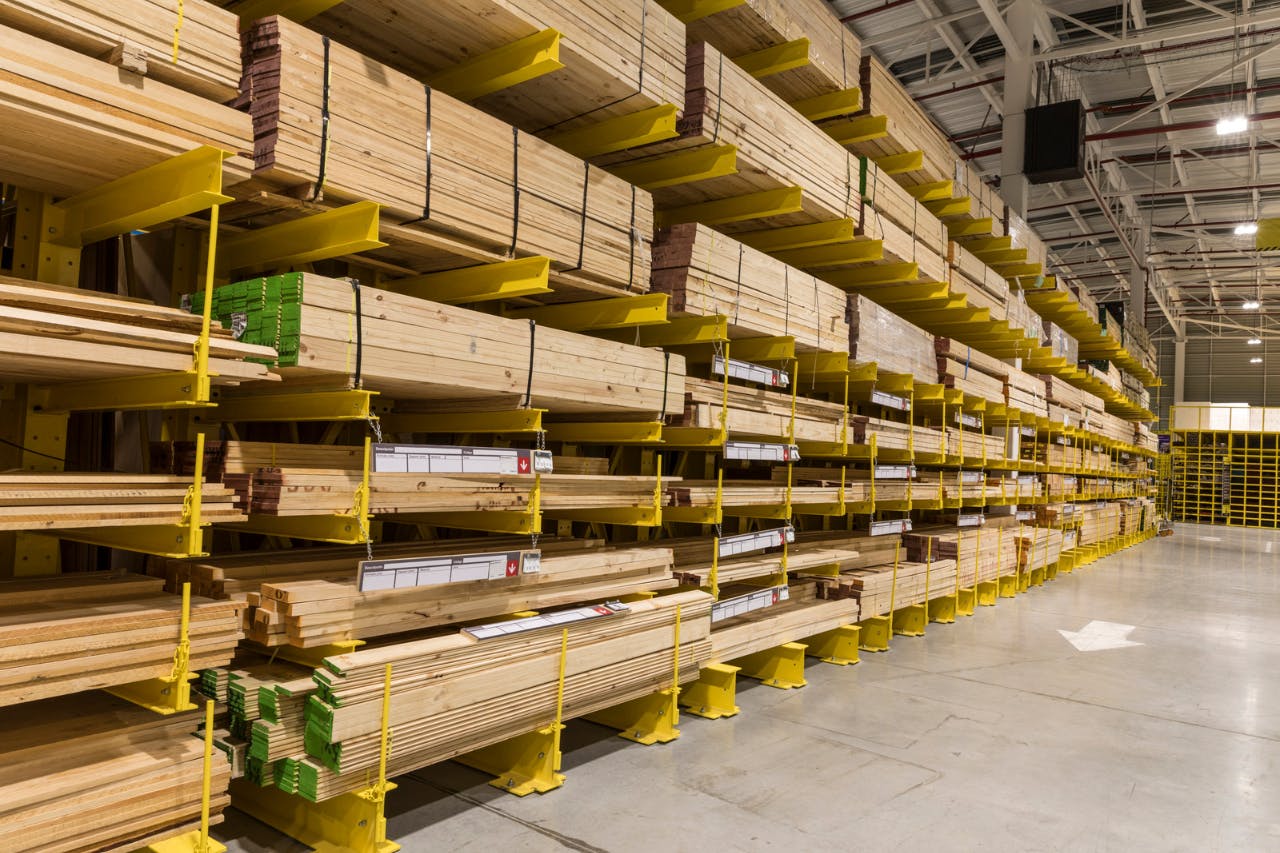Things have changed in the first half of 2020 and there will undoubtedly be lasting impacts. Consumer attitudes and behaviours have changed – some caused by necessity, others an acceleration of existing trends.
A report by global professional services firm Alvarez & Marsal (A&M), in partnership with Retail Economics, estimates that 17.2 million British consumers plan to make permanent changes to the way they shop.
There’s no surprise that the report reveals that more spend will shift away from physical stores to online. But that’s not the only pattern that has changed. Brand loyalty has been disrupted – people shopped in new stores and were forced to buy products from different brands as first panic buying and then store restrictions came into force.
Even the traditional shoppers are changing. Digital laggards have been forced online and have found themselves adapting to it. There are growing trends to buy local and support independent traders as community spirit has been harnessed.
Over the coming months, retailers will need to engage with these shifts. Those that are successful will leverage the swings in behaviour to fill gaps in the market, repurpose stores to meet changed customer expectations and radically change their operating models. This will inevitably have an impact further up the supply chain.
As revenue diverts online, retailers must look to tackle legacy cost bases. Redundant stores could be requisitioned as online fulfilment centres, hubs for consolidating deliveries, click-and-collect points or drop-off destinations for returns.
Just as retailers need to adapt and adjust to the changing times – there will be a knock-on effect on the wholesaler. How will this impact demand and logistics, and what supply plans will be required to maintain service levels?
The increasing value of the consumer experience has been a growing trend for some time. This will undoubtedly accelerate as a differentiator. What part will wholesalers have to play in enabling their retail clients to achieve this?
The trends are still emerging and may take time to mature. This makes visibility across the supply chain – the ability to track and interpret evolving patterns – incredibly important.
Thinking lean and acting agile are essential. Carrying excess stock and tying up cashflow is going to hold wholesalers back, limiting their ability to change direction and respond quickly to the needs of retailers.
Engaging proactively with retailers and suppliers is essential. Take the time to think about who is buying the stock your clients are buying? How is it being bought? How can your team put themselves in the best possible position to keep up with changing patterns of demand – without negative impacts on cashflow / service levels?
This type of active management requires your team to be released from data mining and manipulating spreadsheets. They need the tools to extract data for them so they can then apply their fundamentally human qualities – experience, knowledge and innovation.
There’s a saying: “Don’t waste a good crisis”. Times like these create new opportunities to adapt, evolve and grow. The winners will be those who have been able to harness their data, transform it into actionable information, identify the opportunities through efficient inventory forecasting and take action to seize them.
Let us show you the impact that the AGR software can have upon your agility as a business – get in touch today to see just how much of a difference it could be making to your market position.



